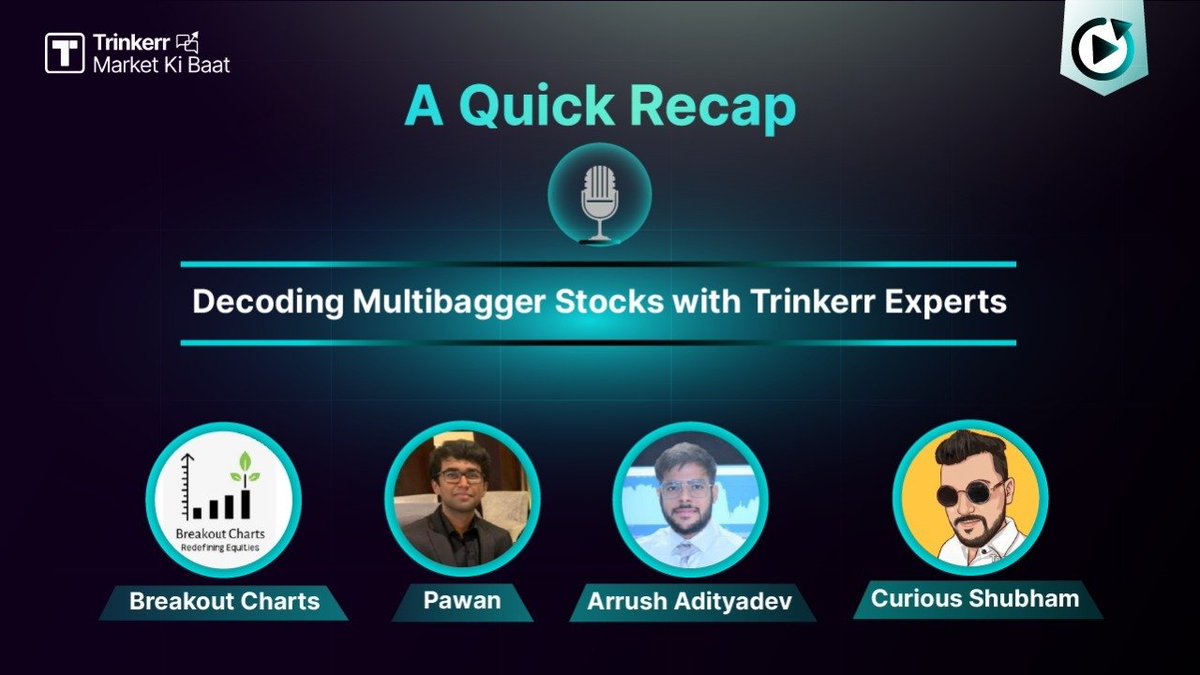
The Secrets Behind @CRED_club Becoming A Unicorn In Just 3 Years 🦄
#StartupIndia #success #inspirational
#StartupIndia #success #inspirational

Have you seen the ironic and random CRED ads on TV, featuring celebrities like Kumar Sanu and Neeraj Chopra? These ads gained immense popularity and have made CRED a well-known app for everyone. In fact, 52.3% of its expenses go just toward its advertising!
In just 3 years, the company entered the Unicorn Club and reported a revenue of ₹95.53 crores in FY21. This kind of exponential growth can be better understood by analysing CRED's business model.
Let us find out how the startup earned crores in revenue and attained a milestone of $1 billion raised through investors.
💰 CRED's Business Model
You might think that CRED is just a payment app. While that is true, one look at CRED's revenue model and it becomes clear that it primarily earns through ad services. One can argue that it is a marketing company for other businesses and a payment app.
You might think that CRED is just a payment app. While that is true, one look at CRED's revenue model and it becomes clear that it primarily earns through ad services. One can argue that it is a marketing company for other businesses and a payment app.
The central concept of the app is to build trust among users and to make credit card payments easier while giving rewards for the same. The founder, @kunalb11 , believes there has been no reward system implemented for timely payments and he wants to fix it through CRED.
Here are some of the ways through which the company maximised its value:
⚡ Collaborated with many businesses and has its products listed on the app and users can get discounts on them. It is a win-win for both the users and the businesses.
⚡ Collaborated with many businesses and has its products listed on the app and users can get discounts on them. It is a win-win for both the users and the businesses.
⚡ Accumulated a lot of user payment data and it is a gold mine for the company. They use user payment data to push appropriate offers to users.
Apart from that, financial institutions and banks also pay for this data. They use this data to market their services to customers based on their financial habits.
⚡ Launched a peer-to-peer lending platform called CRED Mint. Only users with a decent credit score can use this facility and get credit from other CRED users. The lenders can withdraw their money anytime and earn interest for the period they lent their money.
🚀 Revenue Growth
The company's operating revenue has increased exponentially from ₹52 lakhs in FY20 to ₹88.6 crores in FY21.
The company's operating revenue has increased exponentially from ₹52 lakhs in FY20 to ₹88.6 crores in FY21.
Even though the losses have widened from ₹361.11 crores in FY20 to ₹523.85 crores in FY21, the EBITDA margin has also improved from -1966.2% in FY20 to -538.3% in FY21. The company also earned non-operating profits from its assets worth ₹7 crores in FY21.
💸 Funding
CRED recently raised $80 million in its Series F round of funding. The highest amount raised by this unicorn was $251 million in its Series E round, from investors Tiger Global and Falcom Edge. Within 3 years of its founding, the company became a unicorn startup.
CRED recently raised $80 million in its Series F round of funding. The highest amount raised by this unicorn was $251 million in its Series E round, from investors Tiger Global and Falcom Edge. Within 3 years of its founding, the company became a unicorn startup.
The company's latest valuation was $6.5 billion, as assessed in June 2022.
CRED has easily become one of the top fintech startups in the country and is set to attain new heights with its development in the CRED Mint segment of the app.
• • •
Missing some Tweet in this thread? You can try to
force a refresh









